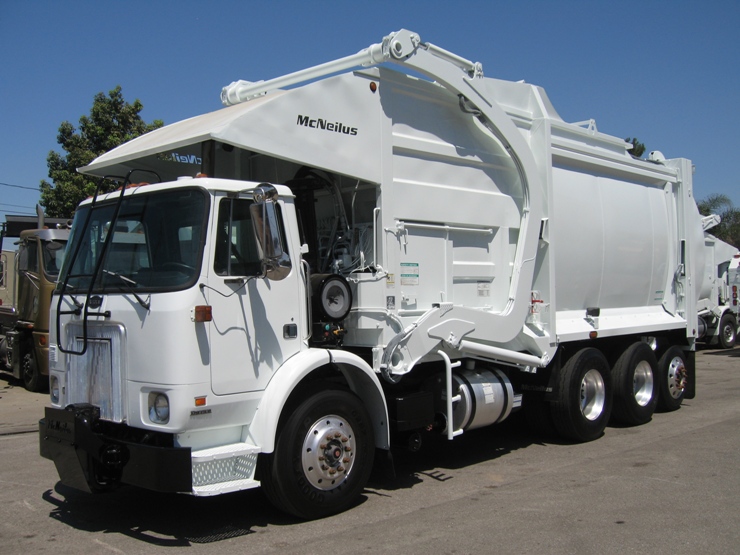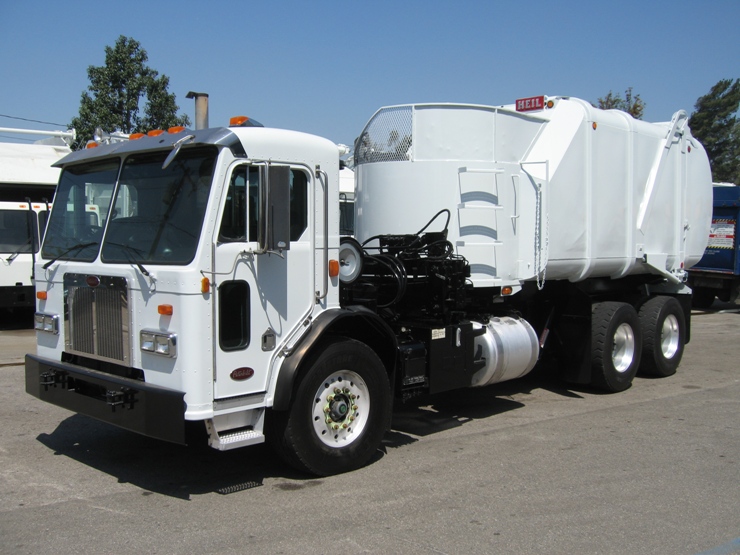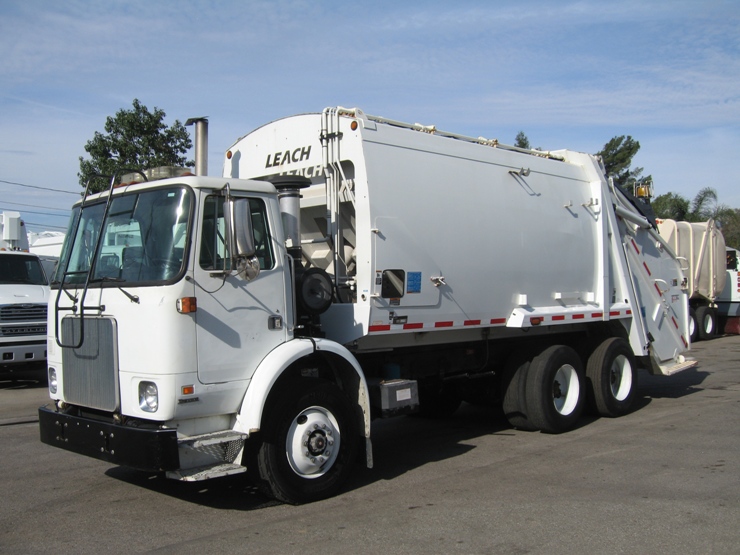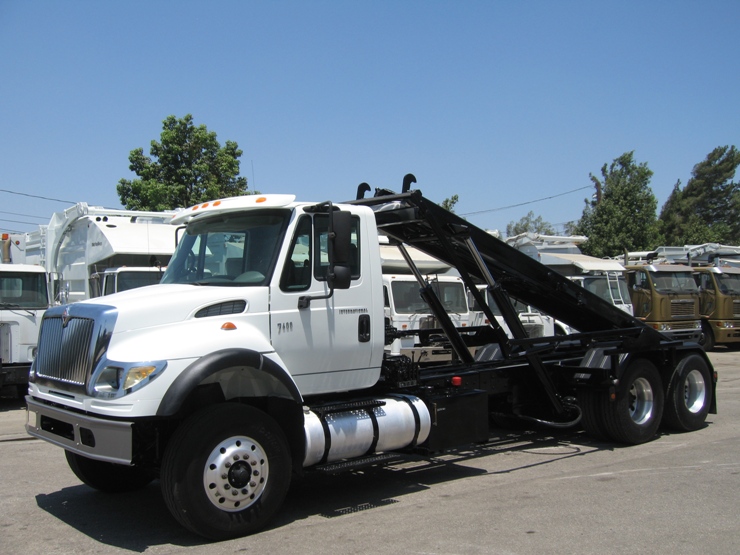A Beginners Guide To Garbage Trucks
Garbage trucks also known as trash trucks, refuse trucks or sanitation trucks, can trace their roots all the way back to ancient civilizations when people first realized that they needed to get rid of their trash in an efficient way. The first "garbage trucks" would have been simple carts that were pushed around by humans to collect unwanted waste. As societies grew, the need for waste removal grew with it and pretty soon the carts became larger and were drawn by horses instead of humans.
With the introduction of the automobile at the turn of the 20th century, garbage trucks became mechanized but they were still primitive by today's standards and were no more than pick up trucks with trash being thrown onto an open bed on the back. The covered body trash compactor made its first appearance in the 1930's and a revolution in waste collection was underway. Having an enclosed body made it so trash would not fly all over the place and the stench of rotting trash would not fill the streets. Over the subsequent years garbage trucks have evolved to become the efficient pieces of machinery we have today.
In the United States, there are four distinct types of garbage trucks that we see on our roads almost everyday and each serves a very particular purpose.
 FRONT LOADER GARBAGE TRUCKS
FRONT LOADER GARBAGE TRUCKS
Front loader garbage trucks are generally used for servicing commercial and industrial businesses by using large refuse containers known as dumpsters to collect waste materials. These types of trucks are equipped with hydraulically controlled forks on the front of the vehicle which are used by the operator to lift and dump the contents of the dumpster containers into the vehicles hopper where it is compacted by a hydraulically actuated packer into the rear of the body. Most front loaders in the United States will hold up to 40 cubic yards of trash and are capable of lifting containers weighing 8,000 lbs. The addition of a Curotto Can system which has an automated arm attachment also allows the front loader to also be used as an automated side loader enabling the operator to dump residential carts.
 SIDE LOADER GARBAGE TRUCKS
SIDE LOADER GARBAGE TRUCKS
Side loader garbage trucks are used primarily for household waste collection which are loaded from the side either manually or with the assistance of an automatic robotic arm that is controlled from inside the cab of the truck. Lift assist trucks are referred to as automated side loaders (ASL) which only require one operator and can service up to 1,500 homes a day. This has distinct advantages from an efficiency perspective as well as for reducing on the job injuries caused by repetitive lifting. Due to these benefits, the ASL is becoming increasingly more popular in the waste collection industry. The manual side loader, as the name implies, is loaded manually from the side by an operator who lifts and dumps the trash into the hopper of the truck. These trucks are still a staple in the waste collection industry because of their ability to go into areas where an automated truck just can't and can also be outfitted with cart tippers to make them "semi-automated".
 REAR LOADER GARBAGE TRUCKS
REAR LOADER GARBAGE TRUCKS
Rear loader garbage trucks can be used for both residential and commercial trash collection making them one of the most versatile and popular waste collection vehicles available. Rear loaders have a large opening at the rear of the truck where the operator can throw bags of trash or empty the contents of containers. The addition of attachments to the body such as a cart tipper, kick bar, winch, or a reeving cylinder can assist the operator with dumping heavy containers without having to the lift the waste manually. Ranging in capacity from 6 to 35 cubic yards and capable of hauling up to 18 tons, the rear loader garbage truck gets the job done whether big or small.
 ROLL OFF TRUCKS
ROLL OFF TRUCKS
Roll off trucks are most commonly used for large scale commercial waste removal such as from construction and demolition sites or for handling bulky recycling materials such as steel and cardboard. These trucks carry large roll off containers which can be dropped off at a given location and then picked up and taken to either a landfill or recycling center once the container has been loaded. This set up makes the roll off truck ideal for efficiently handling large jobs without the truck sitting idle for long periods of time. Roll offs come in a variety of hoist configurations including reeving cylinder, winch and hook-lift each of which has its own advantages depending on the application.
Garbage trucks are truly engineering marvels that make our lives better but they are often overlooked. So the next time you take your trash out, remember all of the innovation and thought that has gone into making the garbage truck that comes to your neighborhood every week.

